
Review on 🖨️ OVERTURE Filament Printer: Enhancing Dimensional Accuracy in Additive Manufacturing by Alvaro Delic

Not your usual kind of PLA
It has a nice matte finish, the box comes with a sticker and ruler. It doesn't come with a build surface, which is a plus for me, but you might feel differently. There is no noticeable difference in finished prints with white PLA overture (to call it standard), except for a slight tightness (printing next to the same gcode on two standard Enders 3 Pros. 60 on bed, 200 on nozzle 0.4, layer height .2 with constant cooling to 100% and retraction on) Strength test between Standard and Eco (did this with purge lines generated in Cura 4.9) I have to say that Eco is noticeably more brittle, so I would opt for Standard over Eco in situations where when the model needs to be strong, but at the same time have practically no filling. It's about as strong as standard PLA on the more durable infill models. I have experienced layer separation with eco (this was during print removal on a part that did not have 2 wall infill and this happened 3 times out of 12. The standard had no separation of 16 identical cases. My test on this was thin Pressure fan blades are 5cm high, 3mm thick, 2cm long and 2mm rim Draw with plenty of glue [hairspray] onto the glass plate directly onto the chilled platform Note: without glue I doubt eco would have any -either separation, I have too tried my best to keep the removal process the same for all parts to get a good comparison). Overall I like the Eco range as it requires about the same settings to get a finish similar to standard PLA except for break-in. However, I believe that the main disadvantage of this PLA compared to the standard is its brittleness. It seems to me that eco doesn't like to hang on to itself as much as other PLA. Higher temperatures can help with this, but a 1-to-1 comparison of purge lines makes it clear that while Eco-PLA has similar properties to standard PLA, it contains something else that limits the strength of the bonds it does with base can produce PLA printing temperatures. . I'm not a materials scientist, but this PLA has sparked the most interest for me of anything I've ever worked in this field, so I'd personally like to see what it's made of and how it differs from standard PLA and why. he deals. How does this happen.
- Dimensional accuracy and consistency
- No instructions
New products
Comments (0)
Top products in 🖨️ 3D Printing Supplies
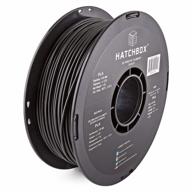
Premium Quality Black HATCHBOX PLA 3D Printer Filament With High Dimensional Accuracy - 1 Kg Spool, 3.00 Mm

37 Review
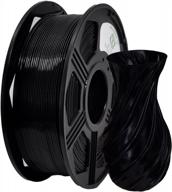
YOYI 3D Printer Filament - PETG 1.75Mm 2.2Lbs(1Kg) Spool, High Accuracy +/- 0.03 Mm, 100% New Raw Material!

32 Review
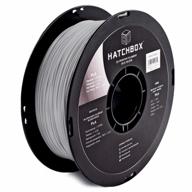
HATCHBOX 1.75Mm Silver Silk PLA 3D Printer Filament - Dimensional Accuracy +/- 0.03Mm, 1Kg Spool

32 Review
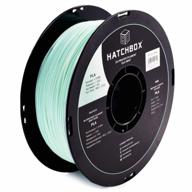
HATCHBOX 1.75 Mm Mint PLA 3D Printer Filament, Dimensional Accuracy +/- 0.03Mm, 1 Kg Spool

35 Review
Another interesting products

Flashforge Adventurer 3D Printer with Detachable Precision Leveling System

6 Review
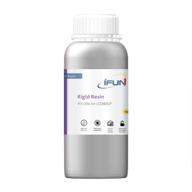
🔵 IFUN 3D Rapid Resin - Low Odor Photopolymer Resin for 405nm LCD 3D Printer - Fast Curing, Standard Rigid Formula - Sky Blue, 500g

5 Review

🖨️ FLASHFORGE Adventurer: Enhanced 3D Printer with Removable Extruders and Monitoring Features

4 Review
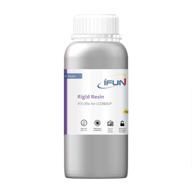
UV Curing Standard Photopolymer Printer by IFUN

5 Review

